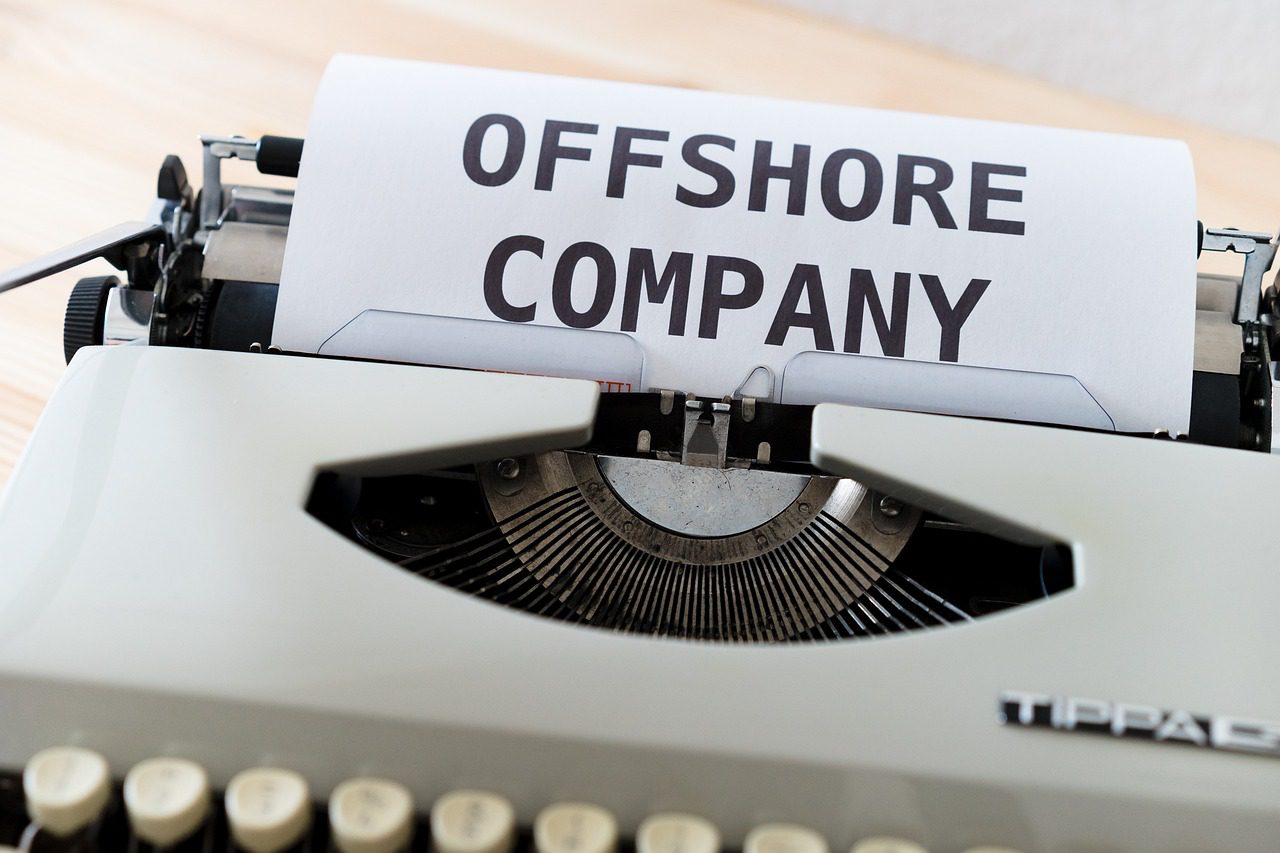Step 1: Company Selection
Choosing the right jurisdiction and corporate structure is the foundation of setting up an offshore company. Determine your company’s main purpose—whether it’s for asset protection, investment, estate planning, or business operations. Common offshore structures include Trusts, Foundations, IBCs (International Business Companies), or LLCs. Jurisdictions like the Cayman Islands, Nevis, and the Cook Islands offer distinct advantages, such as privacy and asset protection.
Additionally, consider the tax and transparency laws of the jurisdiction. Look into Double Taxation Agreements (DTTs), Tax Information Exchange Agreements (TIEAs), and Controlled Foreign Corporation (CFC) regulations. These factors will influence your tax compliance, reporting obligations, and privacy levels. To avoid pitfalls, consult a qualified offshore specialist to ensure proper alignment with your business needs.
Step 2: Setup
The setup phase involves submitting essential documentation and structuring your offshore company. Required documents often include a copy of your passport, proof of address, and details about the company’s directors or beneficial owners. Some jurisdictions may require additional Due Diligence or KYC forms.
To maintain privacy, consider using nominee directors or shareholders, or set up a second LLC as a corporate director. This ensures your personal details remain unassociated with the company registry, depending on the jurisdiction’s privacy laws. Jurisdictions like the Cook Islands and Nevis still uphold strict banking secrecy and confidentiality standards.
For entrepreneurs with eCommerce businesses, opening a corporate bank account or setting up a merchant account is essential. Countries like St. Vincent and Andorra allow virtual account setups without in-person requirements. This phase typically takes a few days to two weeks, depending on the jurisdiction and background checks.
Step 3: Incorporation
Incorporation finalizes your offshore company, with applications submitted to the jurisdiction’s company registry. Once approved, you’ll receive incorporation documents and a company registry number. Hard copies of corporate documents follow within 6–8 weeks, though your company is operational earlier.
If the application fails, it’s often due to insufficient documentation or incomplete background checks, which can be easily resolved. For a seamless process, ensure all required paperwork is accurate and complete. Annual fees and future compliance requirements will also be outlined during this stage.
Key Considerations for Offshore Formation
- Tax Compliance: Understand your home country’s CFC laws and CRS obligations to avoid legal issues.
- Jurisdiction Selection: Choose a location that aligns with your business goals and privacy needs.
- Expert Assistance: Work with specialists to ensure proper structuring and compliance.








